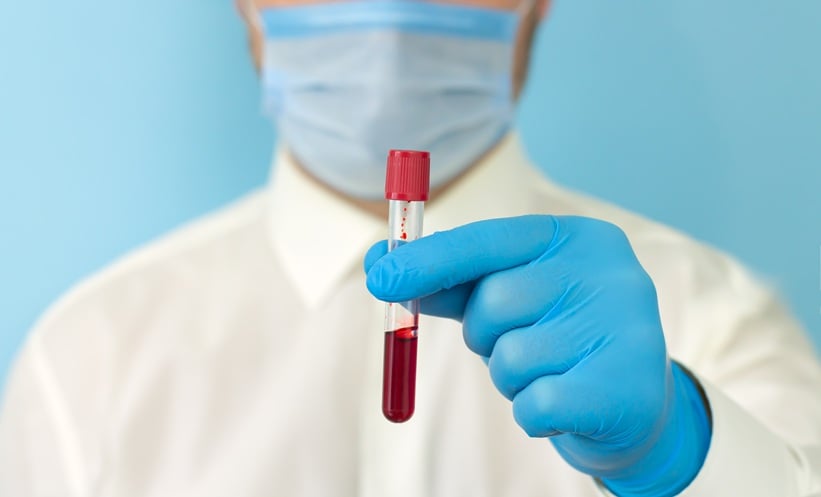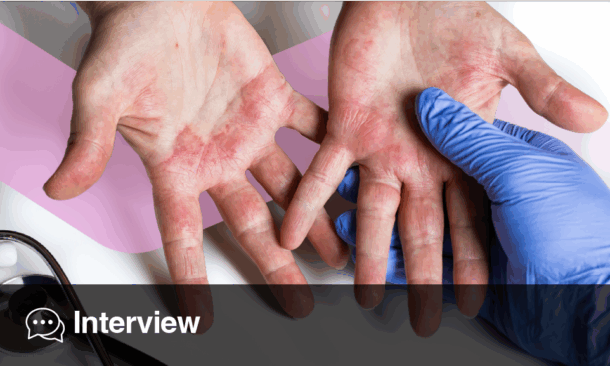MELANOMA quality of life differs during and after immunotherapy, with fatigue, skin issues, and sexual dysfunction.
Melanoma Quality of Life Findings
This cross-sectional pilot compared health-related quality of life in stage II–IV melanoma during immune checkpoint inhibitor therapy and after at least one year therapy- and relapse-free. General health scores were modestly lower during treatment than in survivorship, indicating measurable impact of active therapy on melanoma quality of life. Despite similar demographic and clinical features, symptom patterns diverged by treatment phase and highlighted limitations of generic oncology instruments for immunotherapy populations.
Study Design and Measures
Patients were evaluated at a single center using EORTC QLQ-C30 in the treatment group and EORTC SURV100 in survivors. Higher scores reflected better quality of life. Both groups also completed a treatment- and disease-specific PRO-CTCAE item list. The specific instrument captured additional relevant symptoms beyond general tools and supports incorporating therapy-tailored patient-reported outcomes into routine assessment. Mean global health was 61.0 in the treatment cohort and 67.0 in survivors, which was descriptively lower in active treatment than in survivorship.
Symptom Burden During and After Therapy
During therapy, patients frequently reported pruritus and xerostomia. After therapy, survivors more often noted aching joints, memory concerns, and notable emotional burden. Xerosis cutis, fatigue, and sexual dysfunction were common across both phases, suggesting symptoms that may persist after treatment completion. These findings reinforce that melanoma quality of life encompasses dermatologic, mucosal, musculoskeletal, cognitive, psychological, and sexual domains that require phase-specific screening and management.
Clinical Implications for U.S. Practice
Clinicians should pair general quality-of-life instruments with immunotherapy-specific items to better identify needs during treatment and survivorship. Survivorship care plans may benefit from targeted approaches for fatigue, skin toxicity, sexual health, mood, and cognitive support. The results provide parameters for a longitudinal study to track melanoma quality of life over time and to evaluate interventions tailored to immune checkpoint inhibitor exposure.
Reference: Pöschmann L et al. Health-related quality of life and symptom burden in patients with melanoma during and after immune checkpoint inhibitor therapy, a pilot study. BMC Cancer. 2025;25(1):1599.







